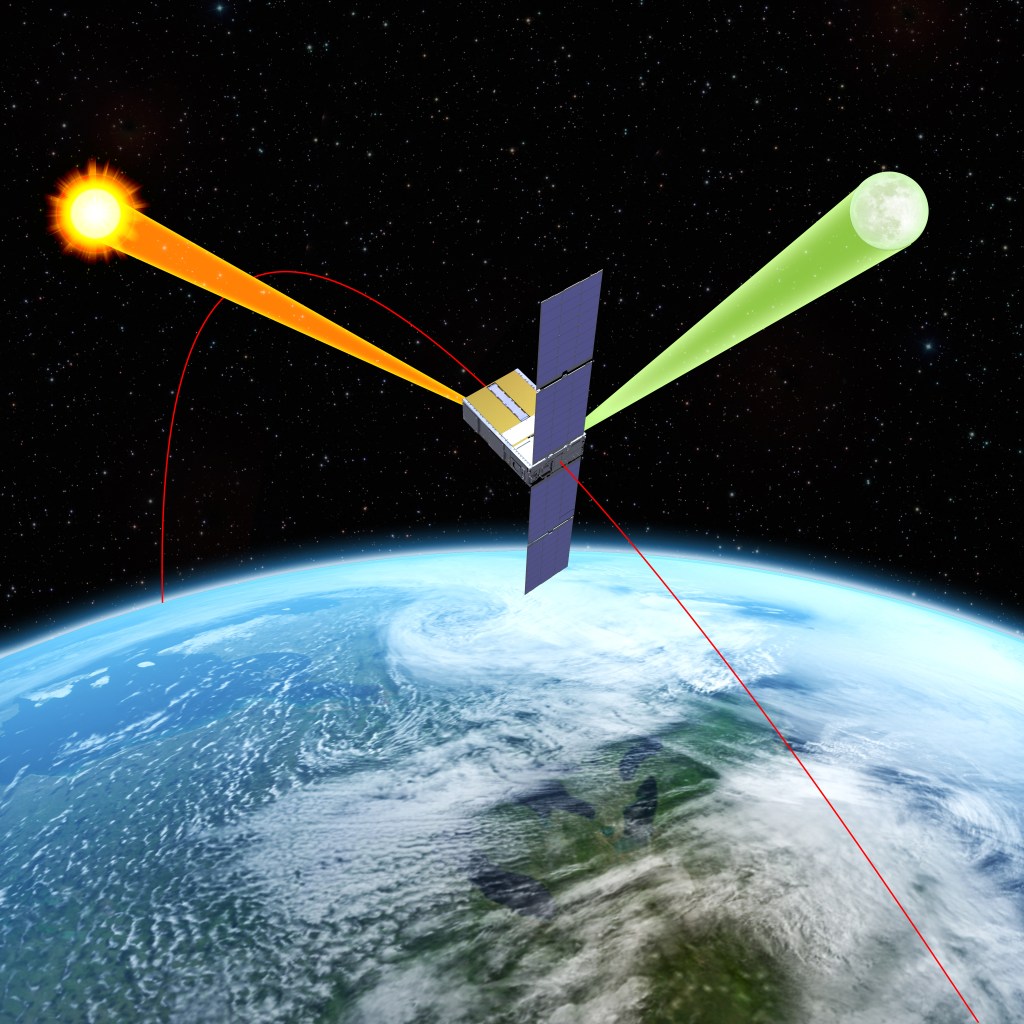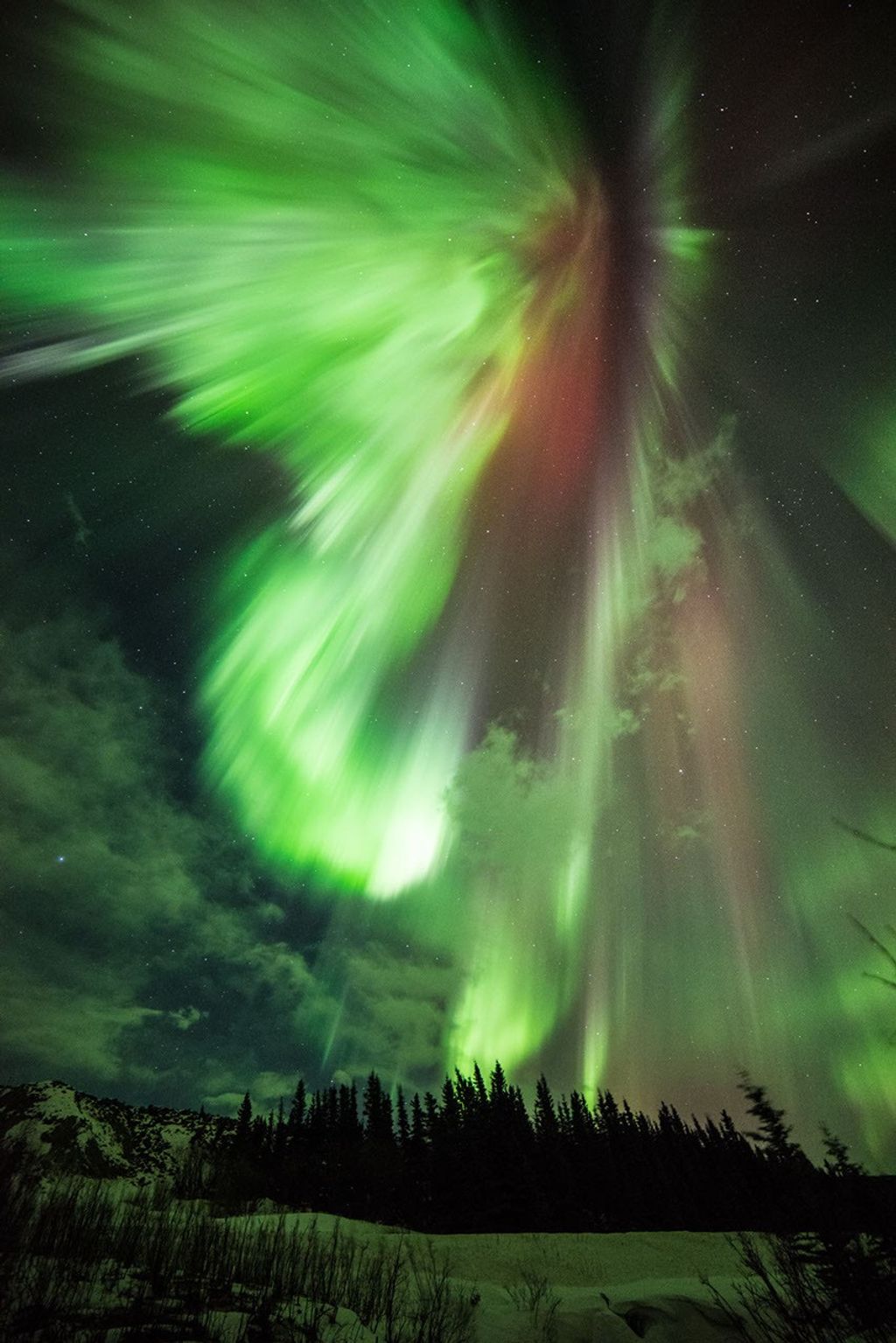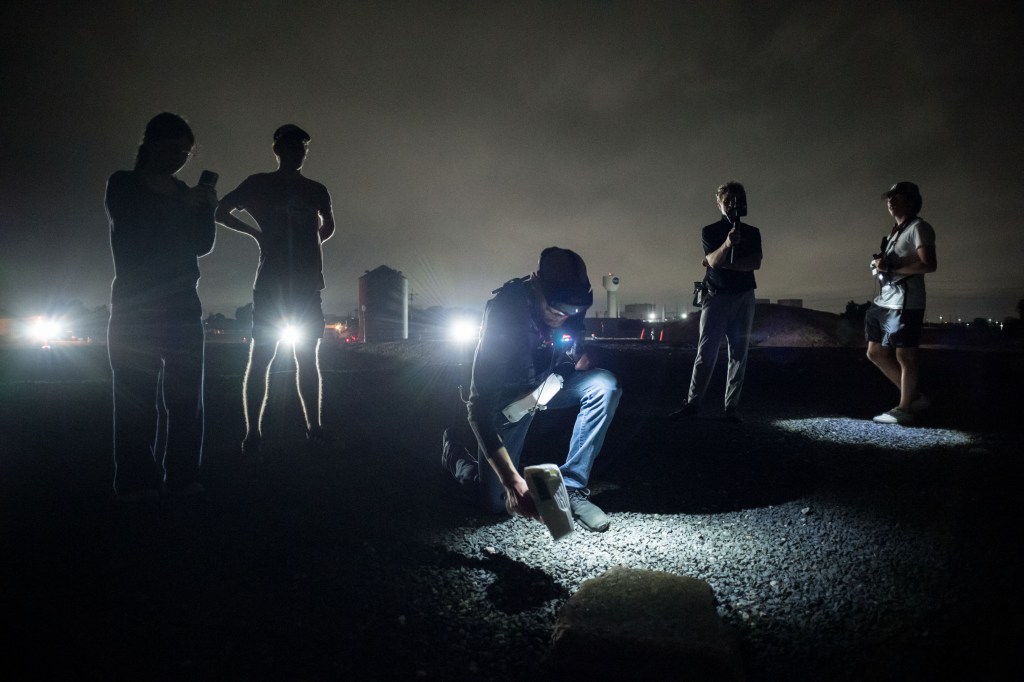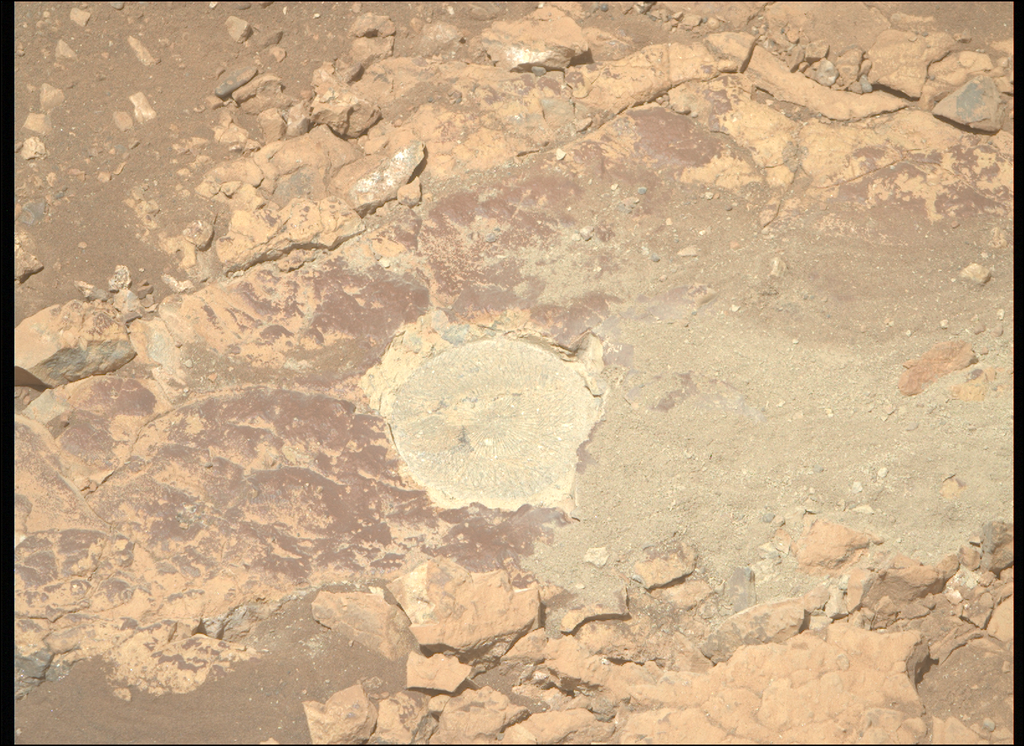Explore the Observatory
The observatory is the space-based portion of the James Webb Space Telescope system.
The James Webb Space Telescope is the next chapter in spaced-based telescope astronomy. The Webb mission builds on the legacy of the Hubble Space Telescope’s powerful imaging capability and the Spitzer Space Telescope’s ability to detect light beyond the visible spectrum, into the mid-infrared range. Because infrared light travels through dense gas clouds that block visible light (new tab), Webb reveals previously hidden regions of the universe: early galaxies, forming planets, brown dwarfs, and much more.
The Largest Telescope Ever Sent into Space
Webb’s innovative design tackles the two main challenges for an infrared telescope: It has to have a large mirror to capture enough light and it has to be kept cold (new tab) to prevent unwanted sources of infrared light from interfering with the light it observes. Webb’s tennis court-sized sunshield protects it from stray heat and light from the Sun, while its large segmented mirror — 18 segments covering 6.5 meters (21.3 feet) at its widest point — enables it to effectively capture infrared light.
Launching such a large mirror into space was another huge challenge. The creative engineering answer? An origami-inspired folding telescope (new tab). Both the sunshield and the mirrors were designed to unfold after the telescope separates from its launch vehicle. This video simulates Webb’s journey to its orbiting position beyond the Moon, approximately 1 million miles from Earth.
<em>… the scientific work feeds the technology and the engineers begin to make better spacecraft. That gives you better instruments and a better chance to go out to learn more.</em>

James Webb
<em><strong>NASA Administrator, 1962</strong></em>
Designing Webb Video
The Webb Space Telescope is the most powerful space telescope ever made – and the most complex one yet designed. Did you know that the telescope’s history (new tab) stretches back before the Hubble Space Telescope was launched? This video explores the various early concept designs for Webb, including the criteria and the players. Learn more about Webb’s final design, how it evolved, and how the completed telescope was tested and prepared for its historic launch.
Major Components
The Observatory is the space-based portion of the James Webb Space Telescope system. It is comprised of the Optical Telescope Element (OTE), the Integrated Science Instrument Module (ISIM), the sunshield and the spacecraft bus.
Optical Telescope Element OTE
The OTE is the eye of the Observatory. It consists of the mirrors and the backplane. The OTE gathers the light coming from space and provides it to the science instruments located in the ISIM. The backplane is like the “spine” of Webb. It supports the mirrors.
ISIM and Instruments
The Integrated Science Instrument Module ISIM contains Webb’s cameras and instruments. It integrates four major instruments and numerous subsystems into one payload.
Sunshield
The sunshield separates the observatory into a warm sun-facing side (spacecraft bus) and a cold anti-sun side (OTE and ISIM). The sunshield keeps the heat of the Sun, Earth, and spacecraft bus electronics away from the OTE and ISIM so that these pieces of the Observatory can be kept very cold (The operating temperature has to be kept under 50 K or -370 deg F).
Spacecraft Bus
The spacecraft bus provides the support functions for the operation of the Observatory. The bus houses the six major subsystems needed to operate the spacecraft: the Electrical Power Subsystem, the Attitude Control Subsystem, the Communication Subsystem, the Command and Data Handling Subsystem, the Propulsion Subsystem, and the Thermal Control Subsystem.
Key Elements
Webb’s actual scientific observations are performed by four instruments, each specially designed to study different aspects of infrared light: the Near-Infrared Camera (NIRCam), Near-Infrared Spectrograph (NIRSpec), a Mid-Infrared Instrument (MIRI) with camera and spectrograph, and the Near-Infrared Image and Slitless Spectrograph (NIRISS).
These instruments include new technologies, like the microshutter array (new tab), that were developed for Webb to increase the telescope’s scientific capability and efficient operations throughout its mission. Both aspects are essential to Webb’s usefulness — efficiency allows more astronomers to make use of Webb while it is operational, and the best possible science capacity will help those astronomers investigate some of our most fundamental questions: How did we get here? How does the universe work?
Webb’s groundbreaking engineering facilitates groundbreaking science. Learn more about the design and instruments that are enabling the next generation of astrophysics discoveries.
Webb’s major subsystems and components.
The Observatory consists of:
- The Optical Telescope Element (OTE) includes:
- The Integrated Science Instrument Module (ISIM) contains these instruments:
- Sunshield
- Spacecraft Bus
- Other elements include:
- The momentum flap balances the solar pressure on the sunshield, like a trim flap in sailing. It’s not adjustable on orbit, but it is while it’s on the ground.
- The Earth-pointing antenna sends science data back to earth and receives commands from NASA’s Deep Space Network.
- The solar array is always facing the sun to convert sunlight to electricity to power the Observatory.
- The star trackers are small telescopes that use star patterns to target the observatory.
Stress Tests: Making a Hardy Webb
As the world marvels over the first public images from the James Webb Space Telescope, Webb Deputy Project Manager for…
Read the Story
Gallery: The Story of Webb's Build
A curated gallery of over a decade of images of Webb's design, build, test and integration leading to it's launch on December 25, 2021.
Click any image to go to an image detail page with description, additional information and the ability to download the image in various resolutions (use the download arrow icon in lower right corner on Flickr click through image).































